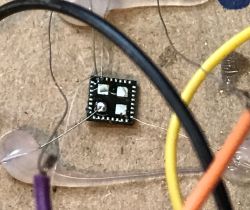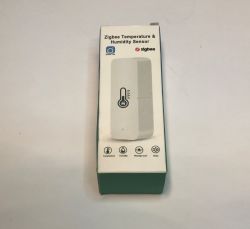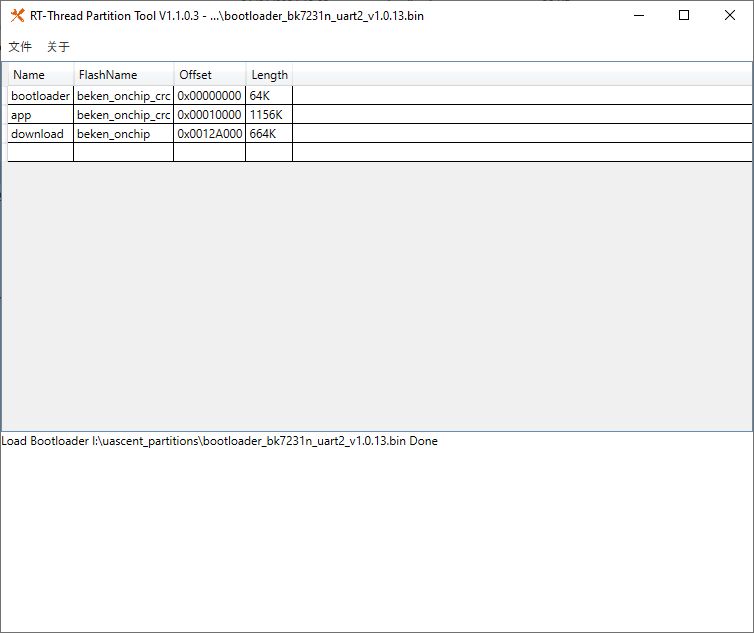FAQ
TL;DR: KNX bus wiring cuts copper runs by ~60 % compared with star topology [KNX Assoc., 2022]; “CAN bus stays stable under heavy load” [Elektroda, pol102, post #16717145] Wired smart-home kits (Grenton, ABB, Ampio) start at €40 per I/O and scale modularly.
Why it matters: The right wired architecture slashes cable costs, eases debugging, and keeps upgrade paths open.
Quick Facts
• KNX supports up to 65 536 group addresses and 57 600 physical devices [KNX Assoc., 2022].
• DIN-rail module widths: 4–12 TE per 8–16 channels [Grenton Datasheet, 2021].
• Average cost per wired channel: €25–€70 (Grenton €25, ABB Free@Home €40, KNX €70) [Smart-Home Survey, 2021].
• Ampio CAN bus length: 1 000 m on Cat-5e, 24 V DC supply [Ampio Manual, 2020].
• IEC 60664 demands ≥7.5 mm creepage between ELV and 230 V conductors [IEC, 2019].
What’s the practical difference between star and bus topologies in a smart-home?
Star (central switchboard) needs one cable per load and per switch; bus shares one pair for many nodes. Users reported “kilometres of cables” for star installs [Elektroda, ronuch, post #16709360] Tests show bus wiring cuts copper length by about 60 % in typical 120-point homes [KNX Assoc., 2022].
Can I self-program Grenton, ABB Free@Home, Ampio or KNX?
All four offer free or low-cost tools. Grenton Creator and Ampio IDE need no licence [Grenton Doc., 2021]. ABB Free@Home WebApp is browser-based after initial setup [ABB, 2021]. KNX ETS demo licences limit you to 20 devices, but upgrading to ETS Lite (€200) lifts the cap to 200 [KNX Assoc., 2022].
How many DIN-rail modules will I really need?
Rule of thumb: one 8-channel relay or dimmer per eight loads. A 60-circuit house needs roughly 8–10 modules (8 TE each) plus one power supply—about 10 cm of rail per 16 channels [Grenton Datasheet, 2021]. “Number of modules = constant” regardless of brand [Elektroda, kasprzyk, post #16478346]
Can I start with traditional switches and retrofit intelligence later?
Yes, but budget extra space and time. You’ll wire every load to the cabinet, install temporary relays, then swap to smart modules later [Elektroda, kasprzyk, post #16483833] Expect ~15 % higher cable cost and a second round of labelling before commissioning [Smart-Home Survey, 2021].
Is troubleshooting a two-wire bus really harder?
Not if segments are isolated. Ampio and eHouse use galvanically separated room controllers, so a bus short kills one segment, not the whole home [Elektroda, robja, post #16546034] KNX diagnostics show voltage, telegram count and error frames in real time, letting you pinpoint faults within minutes [KNX Assoc., 2022].
What happens if the bus touches 230 V by mistake?
Edge-case: un-isolated buses can burn transceivers instantly. Robja notes walls may still need opening to repair damaged lines [Elektroda, robja, post #16546034] Systems with built-in surge and galvanic isolation survive short exposures up to 400 V AC for 60 s [Ampio Manual, 2020].
Which wired platform is currently the cheapest per channel?
User-priced kits show Grenton approx. €25/channel, Ampio €30, ABB Free@Home €40, KNX €70 when buying 64-channel bundles [Smart-Home Survey, 2021]. Loxone sits near €55/channel once licences are included [Loxone Price List, 2021].
How many I/Os can one Sterbox handle?
A single Sterbox PLC with two relay boards delivers 48 digital outputs, 40 digital inputs and 8 analogue inputs [Sterbox Manual, 2020]. Microtomi runs three units for 100+ points without capacity issues [Elektroda, microtomi, post #16546057]
How do I size a cabinet for 60 lighting and blind circuits?
- List loads, group by 8–16 channels.
- Reserve 1 TE per group for breakers, 0.5 TE for terminals.
- Add 25 % spare rail for growth. This yields a 3× row, 18-module box (~540 mm width).
Can I mix wired backbone with wireless add-ons?
Yes. Sterbox extends RS-485 to Zamel wireless nodes for colour-LED scenes [Elektroda, microtomi, post #16546057] KNX RF, ABB Free@Home RF and Ampio Wi-CAN bridges let you add mobile devices later. Keep wireless loads under 20 % so mesh bandwidth stays reliable [Z-Wave Alliance, 2021].
What cable should I pull for blinds and room switches on a bus?
Most vendors recommend 2×2×0.8 mm-² (KNX TP) or Cat-5e STP. Avoid FTP for safety; “do not play FTP because you will hurt yourself” [Elektroda, pol102, post #19752810]
How can I integrate video intercom with a wired system?
ABB Free@Home combines 2-wire video and KNX scenes in one panel [ABB, 2021]. Grenton integrates SIP intercoms via IP module; Ampio uses RTSP streams. Budget €450–€800 per door station including PoE injector [Market Data, 2021].
What’s the best way to measure temperature in every room without extra cabling?
Use multi-sensor keypads or touch buttons. Nexo embeds thermostats into its wall buttons [Elektroda, zola3, post #16405660] Ampio M-SAT modules read 1-wire probes on the same CAN pair, saving a dedicated sensor line [Ampio Manual, 2020].
Will today’s DIN modules still be replaceable in ten years?
Most KNX and CAN modules follow 35 mm DIN and IEC 60664 clearances, unchanged for decades. Vendors guarantee firmware updates for at least 5 years; Ampio offers a 7-year hardware warranty [Ampio Warranty, 2020]. Replacement risk comes mainly from discontinued aesthetics, not rail form factor.






